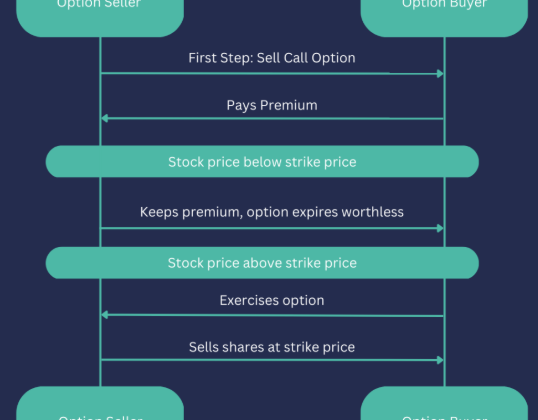
When considering ways to grow their portfolios, many investors overlook international investments. While U.S. markets dominate the financial news, there are significant opportunities to diversify by including international assets. Although some investors may hesitate due to perceived risks or the recent underperformance of foreign investments, thoughtful international exposure can be a valuable tool for balancing risk and enhancing returns.
How International Investments Can Reduce Risk
U.S. investors often feel that the domestic market offers enough variety to meet their investment needs. With constant media attention on the S&P 500 and other domestic indices, it’s easy to forget the potential advantages of global markets. However, relying solely on U.S. assets can expose you to greater risk, especially when economic conditions in the U.S. are unfavorable.
For instance, from 2000 to 2009, the U.S. stock market endured a “lost decade,” with the S&P 500 experiencing a total cumulative return of -9.1%. During this time, international markets outside the U.S. performed better, illustrating how investing globally can help smooth out rough patches in domestic markets. By diversifying internationally, investors can protect themselves from severe downturns in the U.S. economy and reduce the likelihood of extreme outcomes in their portfolios.
The Role of International Investments in Portfolio Diversification
Global markets are highly interconnected, yet they don’t always move in tandem. This variability can be leveraged to reduce overall portfolio volatility. Investing in international markets allows you to tap into regions with different economic cycles, which can help protect your investments from unpredictable market movements in the U.S.
One of the key advantages of international investments is the ability to reduce sector concentration. The U.S. market, as represented by the Russell 3000, is heavily weighted towards technology, which makes up more than 30% of the index. In contrast, international indices like the MSCI ACWI ex-US, which includes companies outside of the U.S., have a much smaller allocation to technology, only about 13%. This makes international investments less vulnerable to fluctuations in any one sector and more diversified overall.
Exploring Different Regions and Risk Profiles
Within international markets, investors can choose from a variety of regions and risk levels. Developed markets, such as the UK, France, and Japan, tend to be more stable and offer safer investment opportunities. On the other hand, emerging markets like India, South Africa, and Mexico carry more risk but also the potential for higher returns due to rapid economic growth and undervaluation.
Recent data shows that emerging market stocks are trading at a substantial discount—over 40% less than their U.S. counterparts—creating an attractive opportunity for those willing to take on more risk in exchange for the possibility of higher rewards. International funds may focus on developed markets, emerging markets, or specific regions such as Asia-Pacific or Latin America. Alternatively, global funds can combine both U.S. and international assets based on specific investment criteria.
Integrating International Investments into Your Strategy
It’s important to remember that international investments come with their own set of risks, including currency fluctuations and political instability. However, these risks can be managed through a diversified strategy that aligns with your financial goals.
The right mix of international assets will depend on your individual risk tolerance and long-term objectives. For many investors, international investments can provide exposure to global growth, balance their portfolio, and reduce over-reliance on the U.S. market.
To determine the best approach for incorporating international investments into your portfolio, consider working with a financial advisor. They can help you develop a strategy that aligns with your goals while managing risk effectively.
















